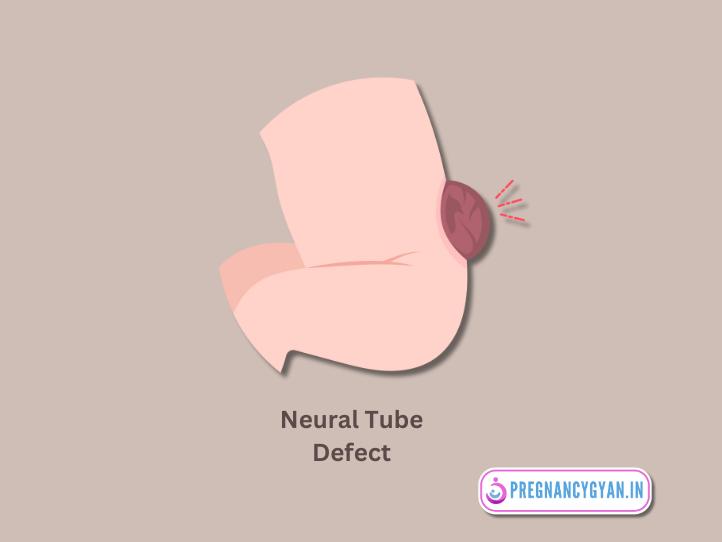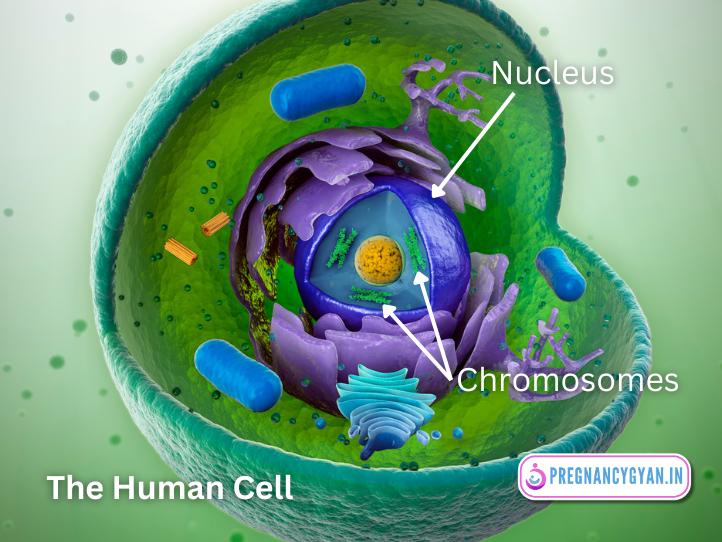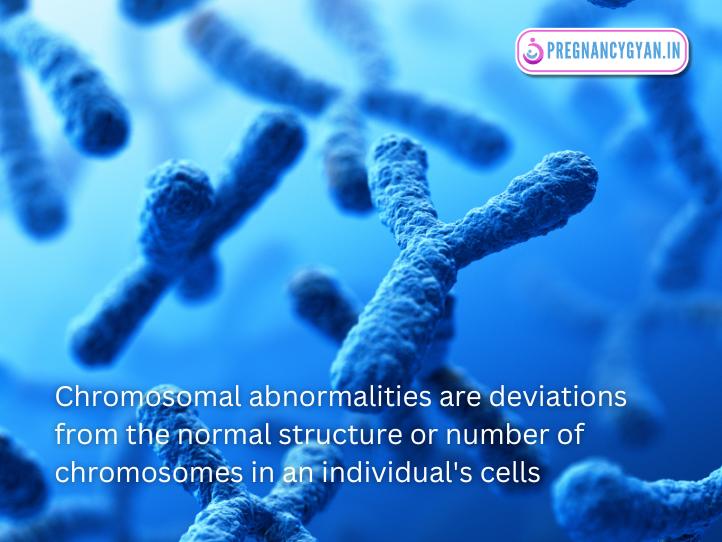इस ब्लॉग को हिन्दी मे पढ़ने के लिए यहाँ क्लिक करे।
Table of Contents
Introduction:
Quadruple Marker Test is the one of the tests advised during the second trimester of Pregnancy. In this blog we will learn about what the Quadruple Marker Test is, when it is done, why it is important, the test results and the process involved in the test.
What is the Quadruple Marker Test in Pregnancy?
The Quadruple Marker Test in Pregnancy, also known as the Quad Screen or Quadruple Screen, is a prenatal (before birth) screening test conducted between the 15th and 20th week of pregnancy. It is a blood test that assesses the levels of four specific substances in the mother’s blood to determine the chance of the baby having a birth defect. As it assesses the level of four substances hence it is called Quadruple Marker Test.
The Four Markers are:
1. Alpha-fetoprotein (AFP):
– The baby’s liver produces a protein called AFP.
– Abnormal levels may indicate an increased risk of neural tube defects, such as spina bifida.

2. Human Chorionic Gonadotropin (hCG):
– hCG is a hormone produced by the placenta (the part that supply blood to growing baby).
– Abnormal levels may signal a higher risk of chromosomal abnormalities, including Down syndrome.
3. Estriol:
– Estriol is a hormone produced by both the baby and the placenta.
– Deviations in estriol levels can be associated with chromosomal abnormalities and other complications.
4. Inhibin-A:
– Inhibin-A is a hormone produced by the placenta.
– Elevated levels may indicate an increased risk of chromosomal abnormalities.
The test also consider factors below:
- Age of mother
- Ethnic background of mother
- Weight of mother
- The gestational age of the baby, calculated in weeks from the day of your last menstruation to the present.
What are Chromosomal Abnormalities
The Human Cell
The human body is composed of cells, the fundamental building blocks of life. It is the basic structural and functional unit of the body. On average, an adult human body has around 37 trillion cells. These cells vary in size, with some microscopic, like red blood cells, and others larger, such as muscle cells, but on average, most cells have a diameter ranging from 10 to 30 micrometers. Within a cell, there are various cellular organelles, including the nucleus, which contain Chromosomes.

Chromosomes
The thread-like structures in the nucleus of the cell called chromosomes are where genetic information is stored in cells. Chromosomes play a crucial role in inheritance and the transmission of genetic information from one generation to the next. They carry genes, which are segments of DNA, and determine an individual’s traits, including physical features and susceptibility to certain diseases. Humans generally have 23 pairs of chromosomes.
In simple words Chromosomes are like tiny instruction books inside our cells. They tell our bodies how to grow, what color our eyes and hair will be, and lots of other things that make us who we are. Think of them as the special codes that make each of us unique!
Chromosomal Abnormalities

Chromosomal abnormalities are deviations from the normal structure or number of chromosomes in an individual’s cells. These abnormalities can result from errors during cell division, leading to conditions such as Down syndrome, Turner syndrome or Klinefelter syndrome. They often impact physical and intellectual development, causing a range of medical and cognitive challenges.
In simple words Chromosomal abnormalities are like mistakes in our body’s instruction manual (DNA). Sometimes, when cells are dividing, things go wrong, and we end up with extra or missing parts of this manual. This can cause health issues and affect how our bodies grow and work, leading to conditions like Down syndrome or Turner syndrome.
Why is the Quadruple Marker Test in Pregnancy Important?
The quadruple marker test primarily screens for chromosomal anomalies such as Down syndrome (Trisomy 21), Edwards syndrome (Trisomy 18), and neural tube defects. It is important to note that the Quadruple Marker Test is a Screening Test. It tells about the risk of having Chromosomal Abnormalities, that is High Risk or Low Risk. In case of High Risk Result, For definitive Diagnosis further testing like Amniocentesis or Chorionic Villus Sampling is needed. Early detection of potential issues enables parents to make informed decisions about their pregnancy and allows medical professionals to modify pregnancy care plans to address specific needs.
The Testing Process:
The Quadruple Marker Test is a simple blood draw, making it a non-invasive and relatively low-risk procedure. The blood sample is then analyzed in a laboratory to measure the levels of the four markers. Results are typically delivered within 2 weeks.
Interpreting Results:
Understanding the results of the Quadruple Marker Test requires collaboration between healthcare providers and expecting parents. Normal results offer reassurance, while abnormal results may prompt additional testing, such as amniocentesis or chorionic villus sampling, to confirm or rule out potential issues. The Results are read as Screen Positive or Screen Negative. Sometimes the Results are Read as High Risk or Low Risk.
Who Should Do a Quadruple Marker Test?
Quadruple Marker Test is usually advised in every Pregnancy by health care professionals. Due to high cost It is not possible for every couple to do the test. But it should be definitely considered by couples who have the following high risk factors for Chromosomal Abnormalities.
- Women who are over 35 years old during pregnancy
- Women taking insulin to treat diabetes
- Women with a family history of birth defects
Quadruple Marker Test Price
The cost of the Quadruple Marker Test in India can vary widely, ranging from approximately ₹3,000 to ₹6,000 or more, depending on the healthcare facility, location, and additional services included. It’s advisable to check with specific clinics or hospitals for accurate and up-to-date pricing information.
Conclusion:
The Quadruple Marker Test is a valuable tool in modern prenatal care, providing insights into the health of the developing fetus. While it cannot provide definitive answers, it serves as a vital step in the journey towards a healthy pregnancy. Expectant parents are encouraged to discuss the test with their healthcare providers, ask questions, and actively participate in the decision-making process for the well-being of both mother and baby.
Frequently Asked Questions
What is a quadruple marker test?
The Quadruple Marker Test is a blood test done between 15 to 20 weeks of Pregnancy to assess the risk of neural tube defects and chromosomal abnormalities in the developing fetus. The test provides valuable information that guides further diagnostic testing if needed. It enables informed decision-making for expectant parents and helps healthcare providers tailor care plans to address specific pregnancy needs.
Which is better: double marker or quadruple test?
The Double Marker test is a prenatal screening that assesses two markers, PAPP-A and free beta-hCG, providing information on the risk of Down syndrome. The Quadruple test, on the other hand, evaluates four markers, including inhibin A, in addition to those in the double marker test, offering a more comprehensive analysis. The Double Marker Test is done from 11th to 14th week of Pregnancy while Quadruple Marker Test is done in 15 to 20 weeks of Pregnancy.
What is the Quadruple Marker Test Cost?
The cost of the Quadruple Marker Test in India can vary widely, ranging from approximately ₹3,000 to ₹6,000 or more at present, depending on the healthcare facility, location, and additional services included.
Is a Quadruple test necessary in pregnancy?
The Quadruple test is not strictly necessary in pregnancy but is often recommended for more comprehensive prenatal screening. It assesses additional markers, providing a more detailed risk assessment for certain chromosomal abnormalities, aiding in informed decision-making for further diagnostic testing if needed.
When is the best time to do the quadruple test?
The best time to perform the quadruple test is between the 15th and 20th week of pregnancy. This window allows for optimal accuracy in assessing various markers for chromosomal abnormalities and neural tube defects.


1 thought on “Quadruple Marker Test in Pregnancy”